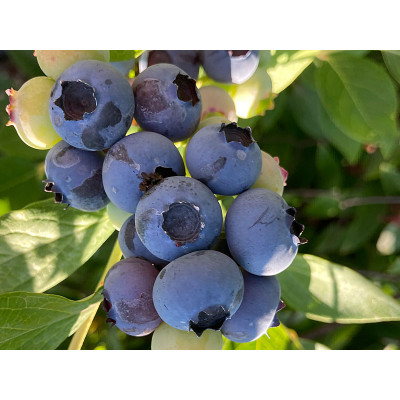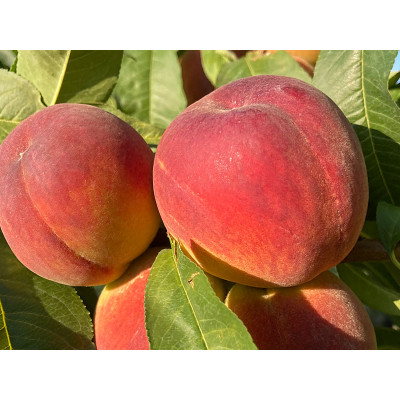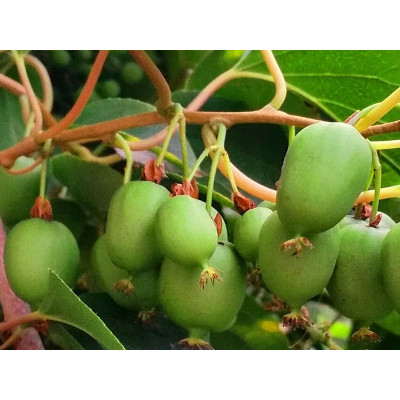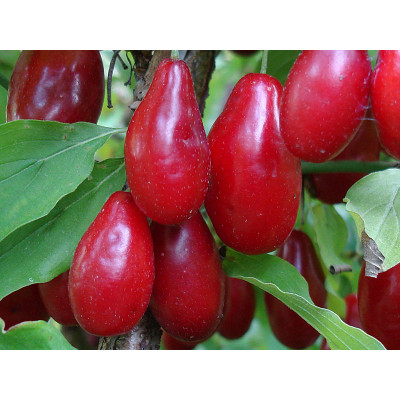Honeysuckle-Haskap SILIGINKA
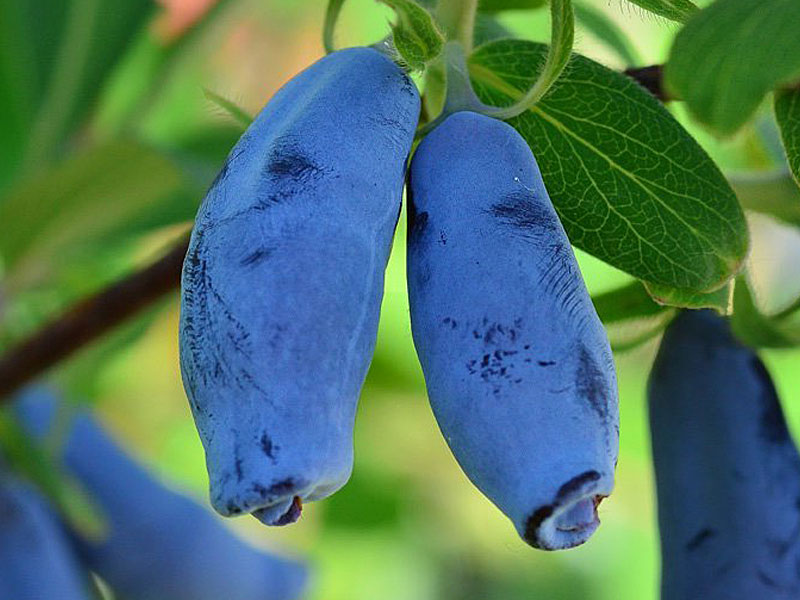
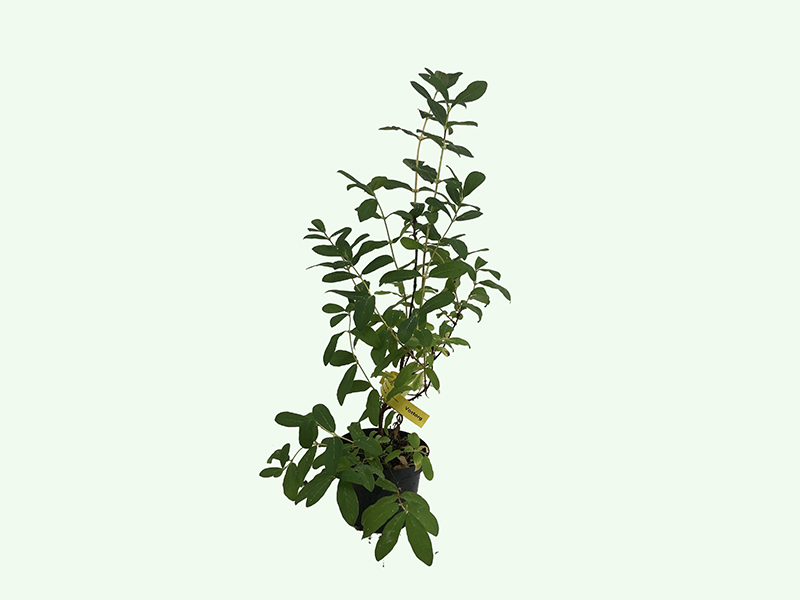
Preparing

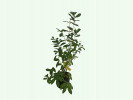
- All the plants that we have on offer and that you can order are actually in stock.
- The standard delivery time is 2-3 working days.
- We always ship parcels on Mondays, Tuesdays and Wednesdays.
- By arrangement, we can also ship plants on Thursdays or Fridays (we do not normally ship on these days in case there is a problem so that the parcels are not left in the depot unnecessarily over the weekend).
- The shipping price depends on the weight of the ordered goods (the more products, the cheaper the price)
- after you have placed the plants in the shopping cart, enter “calculate provisional shipping price” in the shopping cart, after entering the data the eshop will calculate the provisional shipping price for you.
Ask a Question About This Product
Honeysuckle-Haskap SILIGINKA
| Specifications | |
| Height at sale | 50 cm |
| Pot | C2 |
| Sell as | 2 years old |
| Ripening time | Juny |
| Estimated date of sale | May |
Estimated date of sale May 2025
Price
9.00€
- Stock: Preparing
- Model: Lonicera caerulea
The Silginka cultivar comes from Russia. It was created in 2004 by hybridizing the Roxana cultivar and has been officially adopted in Russia since 2011. Silginka is a cultivar that reaches 1.5 metres tall and 1.2 metres wide at maturity, with an upright crown and oval leaves. It produces fruit roughly about 3 centimetres in size, cylindrical in shape with uneven bumps and a fine waxy coating. The flesh is soft and sweet, easy to digest and the skin is also tender. We like to be among the tastiest varieties. A mature bush can produce more than two kilograms of fruit, which ripen in northern areas in the first half of July. In warmer areas of Slovakia it can ripen even earlier. The fruit can be transported after harvesting and does not tend to perish quickly or suffer mechanical damage. If they fall from the bush, this signals ripening, which continues with further dropping. They ripen at the same time and mechanised harvesting is also possible. In the case of dense plants, harvesting can be made even easier by shaking, like mulberry trees. Stretching a sheet under the bush and then shaking it is a quick way to get the fruit and avoid it falling to the ground and harvesting from the grass. It is possible to harvest around 1.5 kilograms from a single mature bush.
An important feature of the variety is its complete hardiness, and even the flower itself is resistant to frosts down to -5°. However, in the case of early flowering, the degree to which the plant is protected from strong winds is also important.
Honeysuckle, its cultivation and the importance of the harvest
In general, honeysuckle is an interesting and undemanding alternative to the acid-loving blueberries. Increasingly popular, groundsel does not require an acidic pH for cultivation and production. The young plant needs regular watering. To prevent it from becoming weedy, it is advisable to cover the ground over the roots with mulch. This will provide moisture, prevent drying and reduce the risk of over-watering and nutrient loss. To obtain a good crop, it is essential to combine Silginka with other varieties of groundsel. You can find pollinator varieties such as Yugan, Delight, Daughter of the Giant, Bacchar Giant and many others. The plant's bark is peeling off, which is not a signal of disease or a problem, but a common occurrence on the woody parts of the plant. It prefers sunny, not too dry sites protected from strong winds. In the first few years the plant develops a root system and a crown, so that it can only bear fruit as time passes. It is not a species that requires regular care and is not troubled by pests and diseases.
The taste of the Silginka can be reminiscent of classic blueberries, but more acidic. As a fruit rich in vitamins and antioxidants, they are an excellent raw material for direct consumption, but also for processing in hot and cold cuisine. For drying, pickling, making jams or juices.


